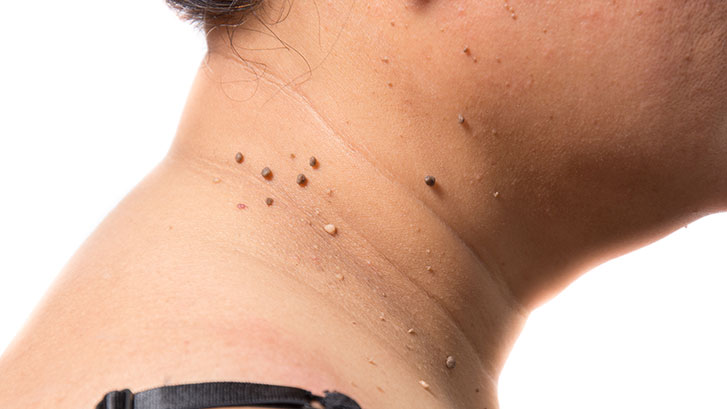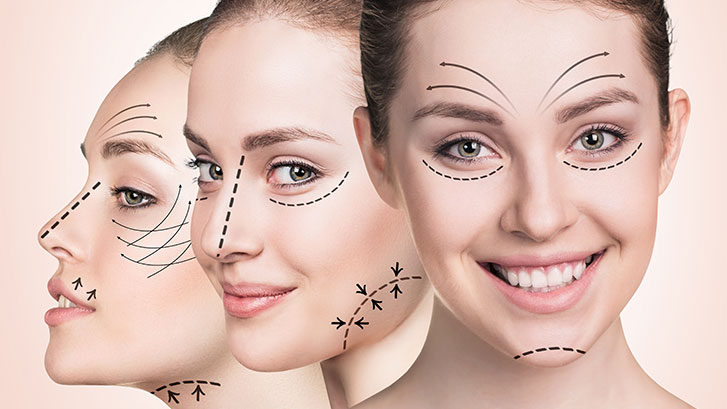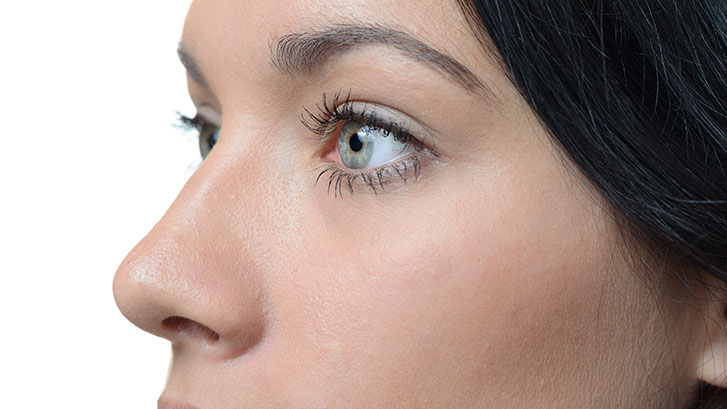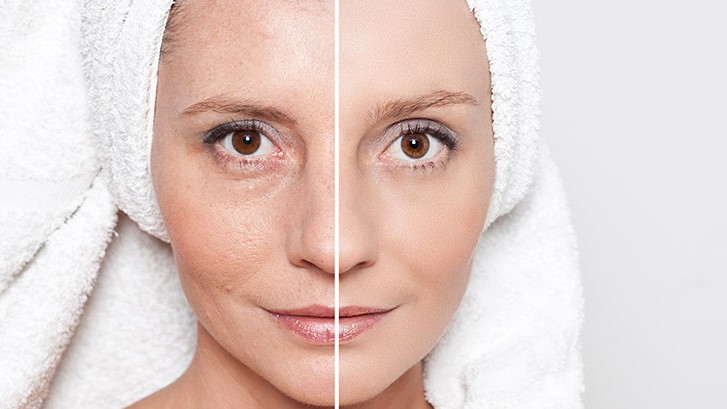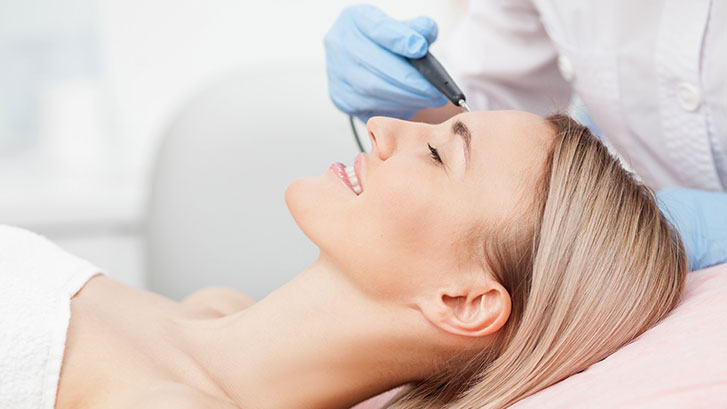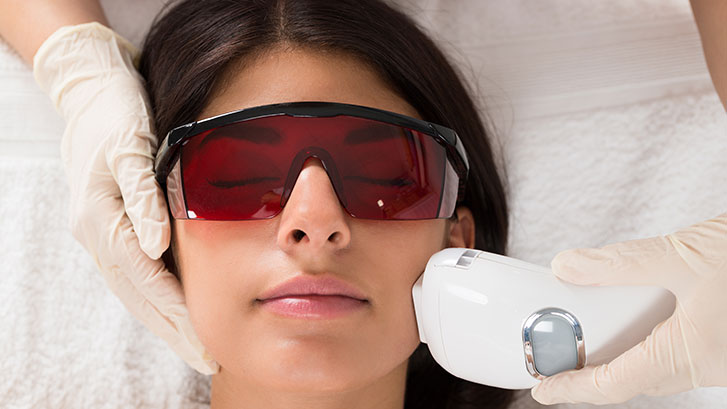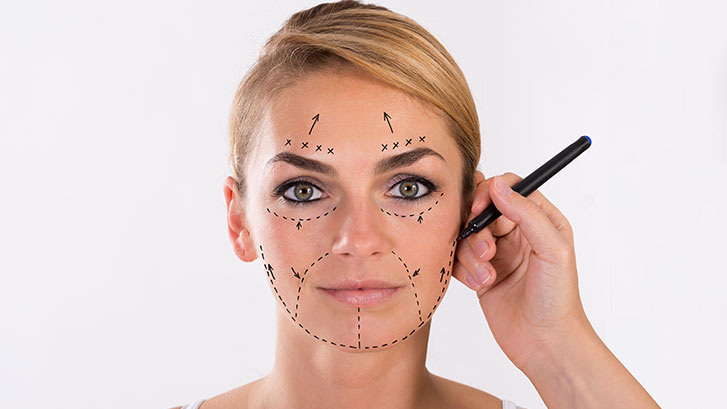Dealing with Cancerous Moles
It goes by many names: beauty mark, patch, spot, birthmark, etc. But for the sake of clarity, let’s call it what it is: a mole. It could be harmless or it could be the warning sign of something more serious.
Do you have any suspicious moles that you’ve been secretly fretting about? Are you worried that your mole might be cancerous?
Since most skin cancers start in irregular spots, it is important that you check your skin every few months. Ask your partner or physician to help you assess areas of the body that you can’t see yourself.
Know Your Stages
Let’s start with the good news: the sooner you identify a cancerous mole, the better your chances are to avoid more serious health concerns down the road. For example, patients with a Stage One prognosis have higher odds of beating cancer than those with a Stage Four assessment. Before moving on, let’s define these terms.
STAGE ZERO – This diagnosis means that there are no cancer cells detected yet, but the presence of abnormal pre-cancerous cells that must be monitored.
STAGE ONE – The earliest stage of cancer growth, this phase is typified by the fact that the affected cells are all contained in one finite area of the body.
STAGE TWO – This is when cancer has spread to adjoining regions of the inception point.
STAGE THREE – As cancer spreads further, it could infect your lymph nodes or other sensitive tissue matter.
STAGE FOUR – At this point, cancer has metastasized and branched out to various parts of the body, making its eradication more complicated.
But complicated doesn’t mean impossible, so let’s focus on the positive and work together to fight cancer before it spreads. Here’s how to determine whether or not your moles may be cancerous.
Types of Moles and How They Look
- Normal mole—is a harmless spot that develops in childhood and later in life and can be found anywhere. Typically, normal moles are smaller than a pencil eraser and are round and symmetrical with smooth borders and an even color.
- Dysplastic nevus—is a type of mole that looks different from a common mole. It can have a mixture of several colors, from pink to dark brown, and is usually flat with a smooth, slightly scaly, or pebbly surface, with an irregular edge that may fade into the surrounding skin.
- Actinic keratosis—is a common precancerous growth often found on your scalp, face, hands, or forearms. They are a rough, flesh-toned pink or red patch that may be itchy or scaly. Actinic keratosis should be removed because five to 10 percent of them can become cancerous.
- Basal cell carcinoma—is caused by sun damage and typically found on the face. It normally appears as a pinkish or reddish patch that may bleed or scab. This type of cancer is easy to treat if caught early.
- Squamous cell carcinoma—this type of cancer often appears on the body, legs, or hands and is curable if caught early. It appears as a thick growth that can peel and bleed and may have an irregularly shaped border.
- Melanoma—this serious form of cancer can spread quickly, but is curable if caught early. Alert your doctor if you see a dark, irregularly shaped growth with an uneven reddish-brown, brown, or black coloring.
Since this last form of a mole is the most potentially hazardous, let’s take a closer look at its symptoms, features, and variations…
What is Melanoma?
Melanoma is a type of skin cancer that begins in melanocytes. It is potentially dangerous because it can invade nearby tissues and spread to other parts of the body, such as the lung, liver, bone, or brain. Since most melanocytes are in the skin, melanoma can occur on any skin surface. It can develop from a common mole or dysplastic nevus, and it can develop in an area of apparently normal skin. In addition, melanoma can also develop in the eye, the digestive tract, and other areas of the body.
Often the first signs of melanoma are a change in the shape, color, size, or feel of an existing mole. Melanoma may also appear as a new colored area on the skin.
The early features of melanoma are:
- Asymmetry—This is defined as a mole that is off-kilter. In other words, if the shape of one half does not match the other half, then it is asymmetrical.
- The border is irregular—If the edges of your mole are ragged, notched, or blurred in outline, then it qualifies as irregular. The pigment may spread into its surrounding skin in these cases.
- A color that is uneven—Shades of black, brown, and tan may be present in some cancerous moles. Areas of white, gray, red, pink, or blue may also be seen.
- Diameter—Be aware if there is a change in size, usually an increase. Melanomas can be tiny, but most are larger than ¼ inch wide.
- Evolving—If the mole has changed over the past few weeks or months, then be sure to contact your doctor as soon as possible.
Melanomas can vary greatly in how they look. While many will show all of the above features, some may only show one or two of the above features.
Screening and Prevention
The only way to diagnose melanoma is to remove tissue and check it for cancer cells. Your doctor will remove all or part of the skin that looks abnormal. Usually, this procedure only takes a few minutes and can be done in a doctor’s office, clinic, or hospital. The sample will be sent to a lab and a pathologist will look at the tissue under a microscope to check for melanoma.
If you want to help prevent melanoma, then you need to be sun smart. Here are some tips on how you can be sun smart:
- Spend time in the shade between 11 am and 3 pm
- Wear a T-shirt, hat, and sunglasses
- Use sunscreen with at least SPF 15 (the higher the better), with good UVA protection (the more stars the better)
- Avoid sunbeds as they are not a safe alternative to tanning outdoors (the intensity of the UV rays can be 10-15 times higher than that of the midday sun)
You may be more at risk of developing skin cancer if you have:
- Fair skin
- Lots of moles and freckles
- Red or fair hair
- Had skin cancer before
- A family history of skin cancer
Early Detection Yields Healthy Results
The stages outlined above give doctors and patients a roadmap of how to maneuver the detection and treatment of potentially cancerous moles. Case in point: one comprehensive study recorded the survival rates of approximately 60,000 patients recovering from melanoma diagnoses. This is what they found:
- People who identified their affliction during Stage One-A recorded a 97% rate of survival after the five-year mark. That same group boasted a 10-year survival rate of approximately 95%.
- The numbers dip slightly when we move on to Stage One-B. 92% of that subgroup survived the five-year benchmark while 86% went on to the 10-year milestone.
- Stage Two saw lower statistics. The five-year survival numbers for 2-A patients were about 81% and the 10-year rate was around 67%. Stage Two-B marked a 70% rate for the five-year study and 57% at the 10-year mark.
- Patients in Stage Three saw even lower survival rates on average, although the numbers ticked up for those in Stage 3-A. That may be due to the fact that the initial tumor is smaller than in advanced Stage Two cases and therefore more treatable.
- If the melanoma advances to Stage Four, the five-year survival range drops to between 15 and 20 percent. The 10-year rate dips even lower to 10-15%.
Don’t be a statistic. Take control of your wellbeing, consult a trusted medical professional, and be on the lookout for suspicious growths.
Getting Your Moles Checked
If you are worried about any mole that you have, please don’t panic. Our skin is varied and complex; it evolves and changes in response to how we age and grow, and it also reacts to environmental conditions such as sun exposure. It may be nothing to worry about, but awareness is always encouraged.
Regardless of your particular physiological situation, knowledge is the best medicine. If you have any questions or concerns, you should schedule an appointment with Dr. Binder. The most effective way to ensure that you don’t have skin cancer is to have your suspicious moles checked out and, if necessary, removed by a qualified doctor. As noted in the statistics above, moles that are diagnosed early can be treated for skin cancer. While the “Big C” is a scary notion to us all, we must work together to minimize its risks, maximize our awareness, and move forward to a healthier tomorrow.

